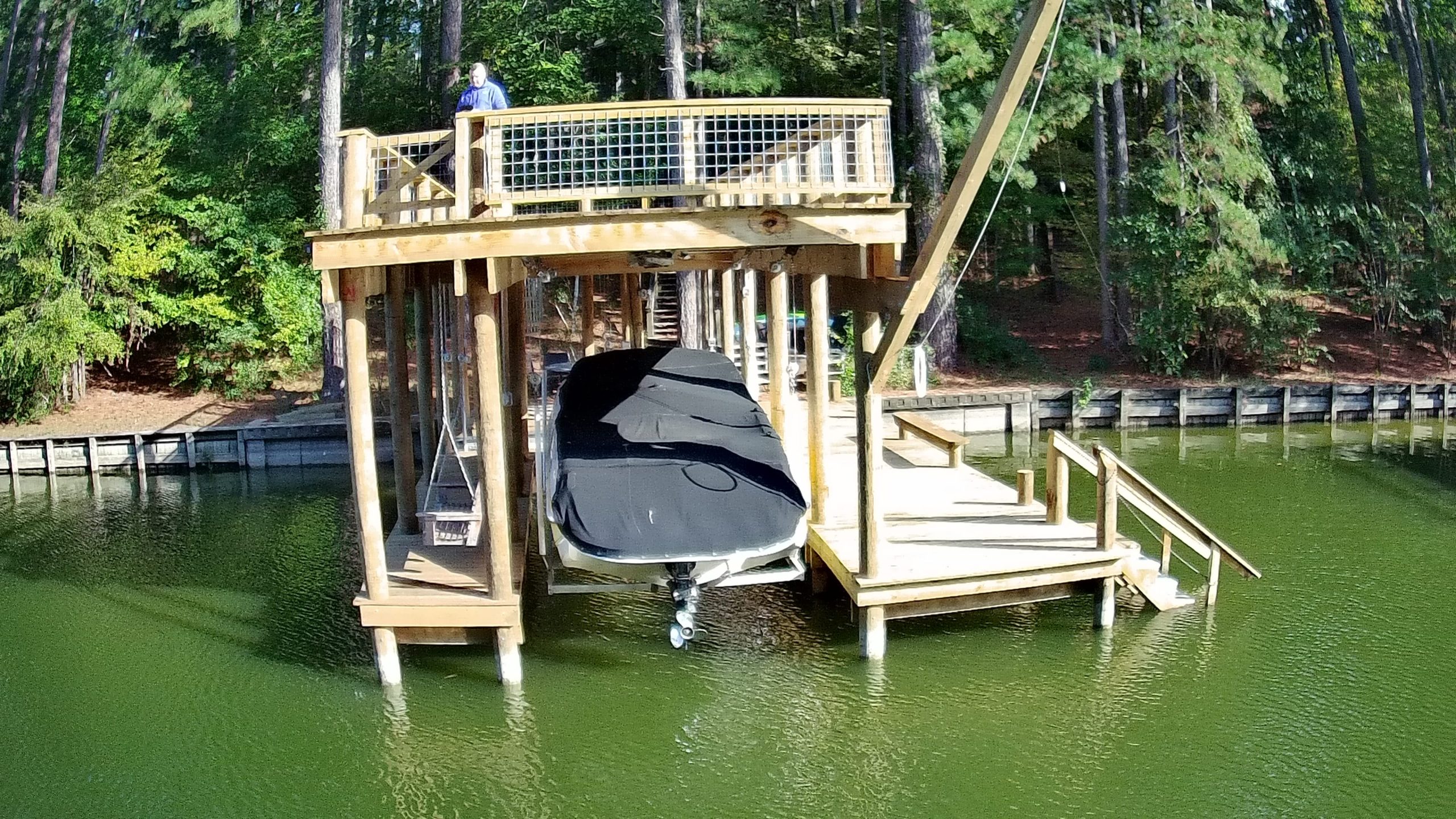Boat lifts are essential for keeping your vessel safe and secure while it is not in use. However, just like any other equipment, boat lifts may require repairs and maintenance over time. Whether you are restoring an old boat lift or renovating a newer one, this guide will provide you with all the information you need to ensure a successful repair. If you are looking for more information about boat lift repair, you may explore this link.
Inspect and Assess
Before you begin any repair work, it is important to inspect and assess the condition of your boat lift. Look for any signs of damage, such as rust, corrosion, or broken parts. Take note of what needs to be repaired or replaced so that you can gather the necessary tools and materials.
Replace Broken Parts
If you have identified any broken parts during the inspection, it is crucial to replace them before they cause further damage. Common parts that may need replacing include cables, pulleys, bunks, and motors. Make sure to purchase high-quality replacement parts to ensure the longevity and efficiency of your boat lift.
Repair Rust and Corrosion
Rust and corrosion can weaken the structure of your boat lift and lead to further damage if left untreated. To repair rusted or corroded areas, start by removing any loose or flaking paint. Use a wire brush to scrub away the rust or corrosion. Then, apply a rust converter or primer to prevent further rusting. Finally, repaint the affected areas with a durable marine-grade paint.
Check and Adjust Cables
The cables on your boat lift play a crucial role in lifting and lowering your vessel. Over time, these cables may become loose or worn out. Check the tension of the cables and adjust them if necessary. If you notice any frayed or damaged cables, it is important to replace them immediately to prevent accidents or further damage.
Lubricate Moving Parts
To keep your boat lift running smoothly, it is essential to lubricate all moving parts. This includes pulleys, bearings, and any other components that require lubrication. Use a high-quality marine grease or lubricant to ensure optimal performance. Regularly lubricating your boat lift will not only extend its lifespan but also reduce the risk of mechanical failures.
Check Electrical Components
If your boat lift is equipped with electrical components, such as a motor or control panel, it is important to check them regularly. Inspect the wiring for any frayed or damaged areas and replace them if necessary. Test the motor and control panel to ensure that they are functioning properly. If you encounter any electrical issues that you are unsure how to fix, it is recommended to seek professional assistance.
Inspect and Repair Bunks or Pads
The bunks or pads on your boat lift provide support and protection for your vessel. Inspect them for any signs of damage, such as cracks or rotting. If necessary, replace the damaged bunks or pads with new ones to ensure the safety of your boat. Additionally, consider applying a protective coating or sealant to extend the lifespan of the bunks or pads.
Maintain a Regular Cleaning Routine
In addition to repairs and maintenance, it is crucial to maintain a regular cleaning routine for your boat lift. This includes removing any debris, such as leaves or algae, from the lift and keeping it clean from saltwater or other corrosive substances. Regularly cleaning your boat lift will not only improve its appearance but also prevent the build-up of dirt and grime that can lead to further damage.
By following this ultimate guide to boat lift repair, you can ensure that your boat lift remains in top condition and provides optimal performance for years to come. Regular maintenance and timely repairs will not only extend the lifespan of your boat lift but also ensure the safety and security of your vessel.
